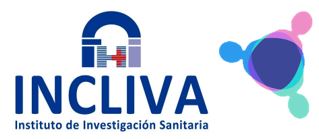SAMUEL
Artificial Intelligence System for Molecular and Morphological Skin Cancer Characterization
To create a diagnostic aid system based on image analysis, epigenetic information and clinical data to detect skin cancer. In particular, the aim is to develop machine learning algorithms to differentiate between melanoma and nevus and assess the prognosis of cases of uncertain malignant potential.
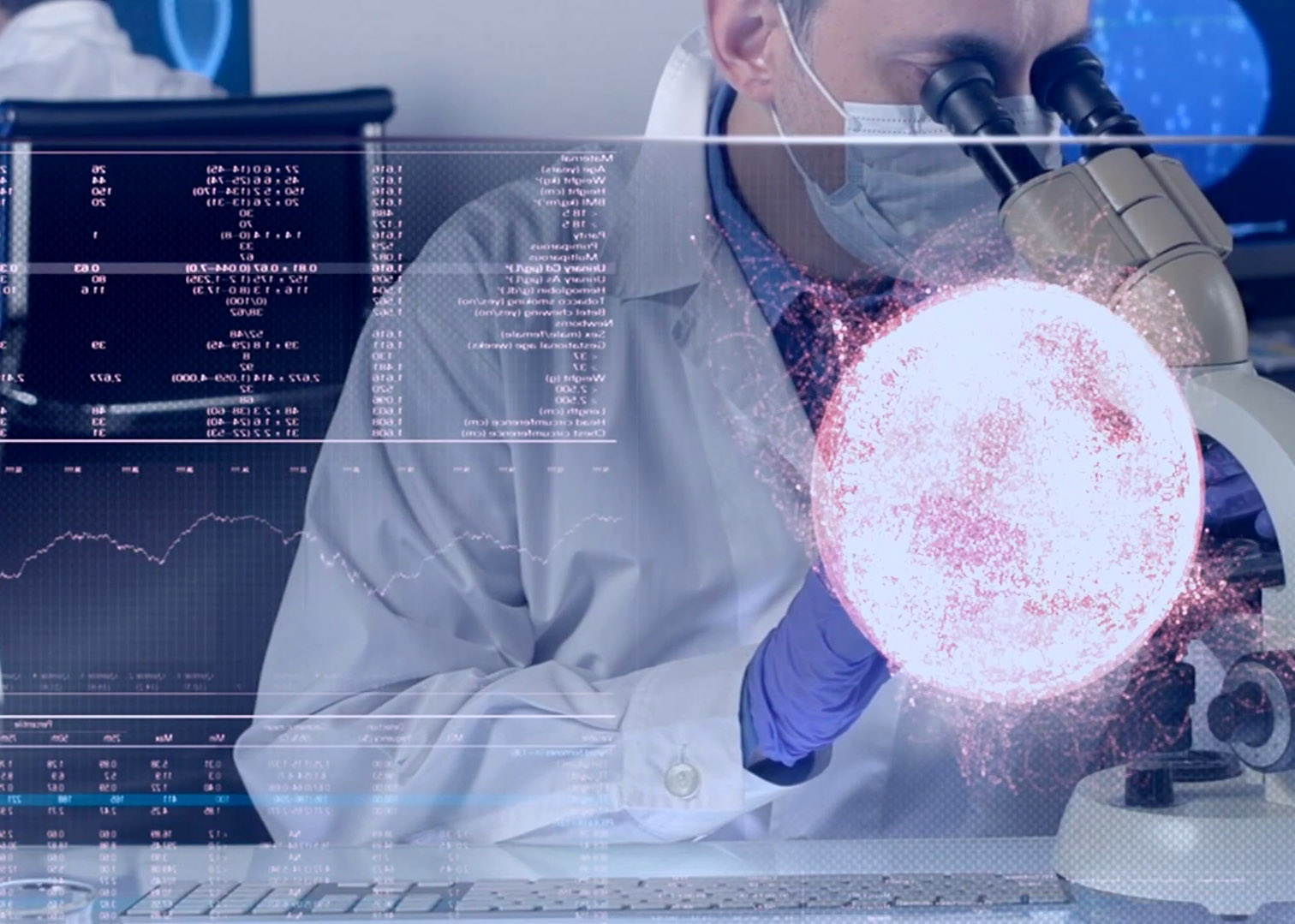
The incidence of skin cancer in the Western world has followed an increasing trend in recent decades, with the European continent being the most affected by melanoma. The high incidence of skin cancer implies an increased demand for skin biopsies, which supposes a logistical challenge for pathology departments. As an added motivation, many of the lesions referred to pathology departments report very poor guidelines to substantiate the malignancy of the lesion. It leads to a significant workload for the experts, who have to spend much of their time manually analysing cases that ultimately turn out to be benign (approximately 80% of cases).
Among the different types of skin cancer, malignant melanoma is the most aggressive and dangerous, accounting for around 80% of deaths associated with skin cancer. In this respect, early detection and diagnosis of the disease at an early stage is essential in order to reduce, as far as possible, the associated complications. However, the characterisation and differentiation of these tumours from other benign melanocytic tumours or tumours of uncertain malignant potential are not straightforward, even for experienced pathologists. Moreover, there are different subtypes of malign melanoma with similar morphologies that pose a challenge for experts. For this reason, the SAMUEL project aims to develop diagnostic aids that provide pathologists with an automatic classification into different melanoma subtypes. To this end, SAMUEL proposes applying artificial intelligence algorithms to Whole-Slide Images (WSIs), which are high-resolution digitised biopsy samples. In addition to the histological images and the patient’s clinical data, molecular mechanisms, that allow for the dissemination of cutaneous melanoma, will be considered. Specifically, procedures such as DNA methylation and microRNAs will be carried out, as they play a determining role in the progression and development of melanocytic tumours.
In conclusion, SAMUEL project aims to develop a machine learning system to aid skin cancer diagnosis to differentiate between malignant and benign melanocytic tumours and evaluate the prognosis of cases of uncertain malignant potential. To this end, the project will consider the combination of clinical data with histopathological and epigenetic information.
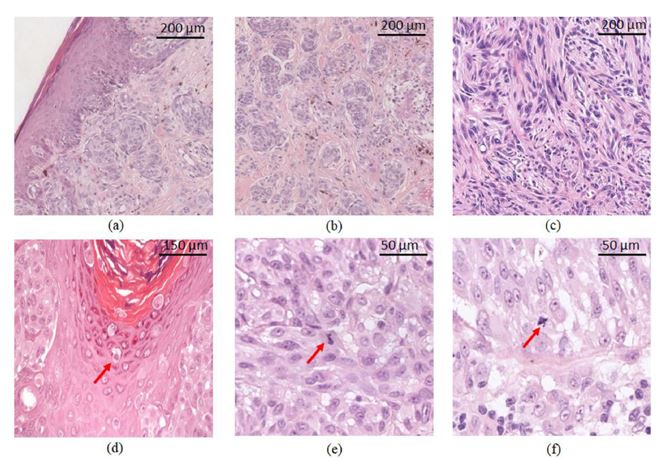
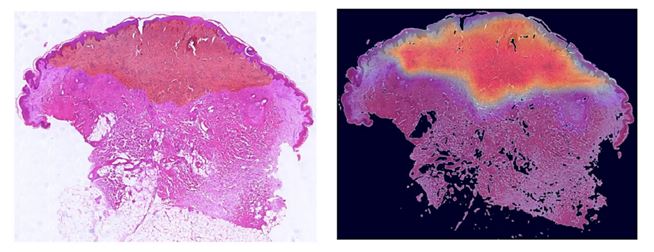
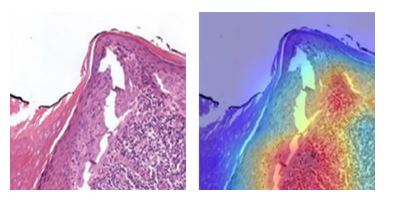




Partners
